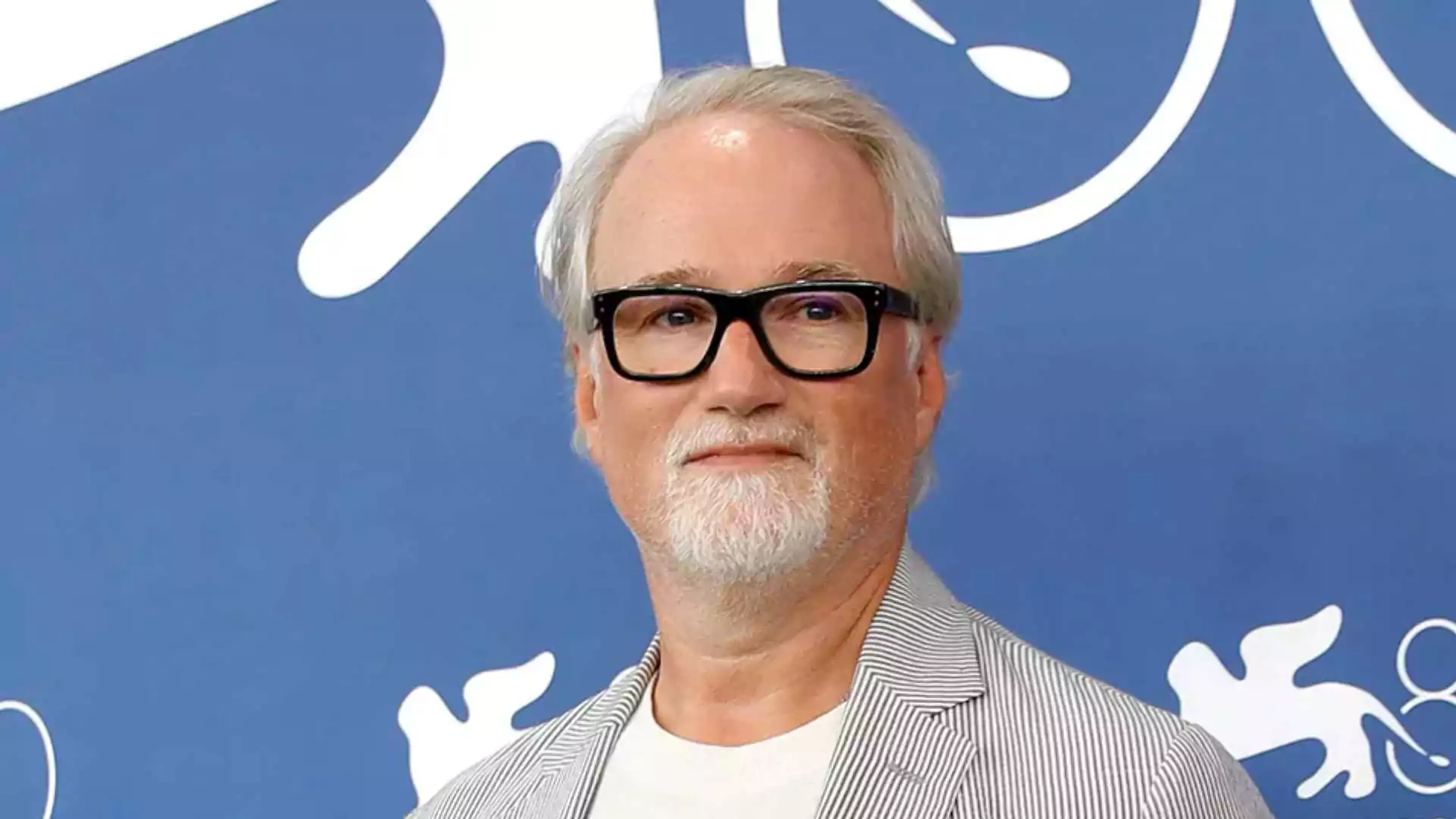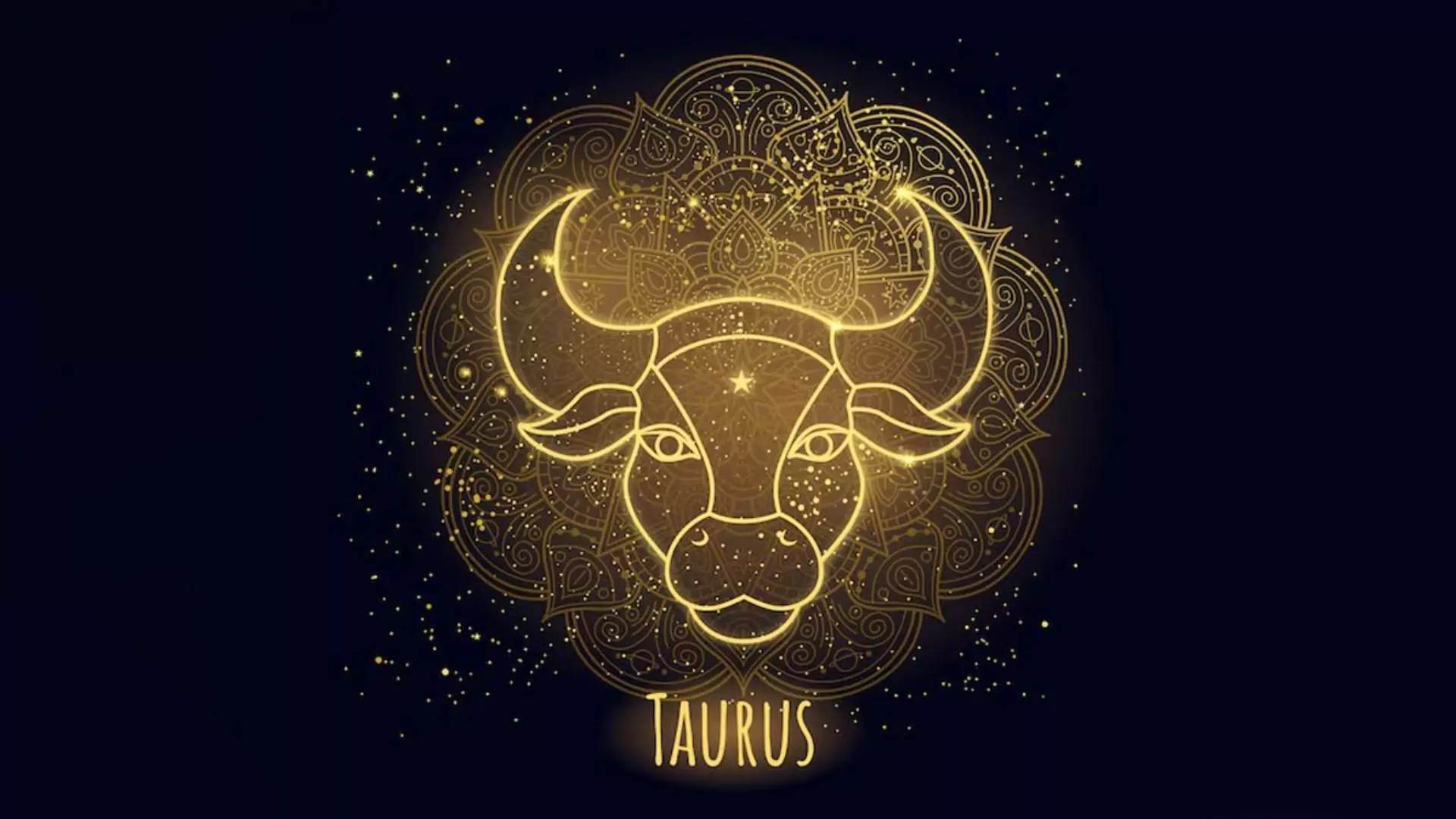New York City’s iconic Times Square will be filled with an estimated one million revelers to celebrate the arrival of 2025. The event, watched by over a billion people worldwide, will feature 3,000 pounds of confetti and the grand spectacle of the Times Square Ball drop, marking another monumental moment in the city’s New Year’s Eve history.
This year’s Times Square Ball weighs an impressive 11,875 pounds, adorned with 2,688 sparkling crystal triangles. The ball, which will be lowered to signal the arrival of the new year, has been specially crafted for the 2025 celebration, continuing a tradition that began over a century ago. But the iconic ball drop wasn’t always the way New Yorkers rang in the year.
Experience the New York City Times Square Ball Drop to ring in 2025! Happy New Years! #nye #newyearsday #JAN1 #nyc #timessquare pic.twitter.com/xSya6hIqTv
— NOW Stream – News, Politics, Sports, Tech (@NowStreamHQ) January 1, 2025
The Early Years: Fireworks and Dynamite in 1904
In 1904, The New York Times celebrated the opening of its new headquarters at the Times Tower (now One Times Square) with a grand New Year’s Eve celebration. Instead of the ball drop, fireworks and dynamite lit up the sky, giving 200,000 spectators quite a spectacle. The fireworks were produced by chemist Henry J. Pain, who had previously worked on the presidential inauguration of William McKinley.
Mayor George B. McClellan had recently renamed Longacre Square to Times Square, making it the perfect venue for this historic celebration. However, the explosive spectacle was short-lived. By 1907, fireworks were banned, and a new tradition was born — the Times Square Ball drop.
The Birth of the Times Square Ball Drop
The first Times Square Ball drop took place on New Year’s Eve of 1907, ushering in 1908. The ball, which weighed 700 pounds, was electrified and made of iron and wood. It was lowered from the top of the newly constructed Times Tower, marking the beginning of a new, safer tradition for the annual New Year’s Eve festivities.
The ball was inspired by the “time balls” used since the 1830s, which were used to signal time to navigators of ships. The first time ball was installed at the Royal Observatory in Greenwich, England, in 1833. It would drop at 1 p.m. every day, allowing nearby captains to synchronize their navigational clocks.
Evolution of the Times Square Ball: Seven Versions Over the Years
The Times Square Ball has undergone numerous changes over the years, with seven different versions being used since the first drop in 1908. These changes reflect the evolving technological and artistic trends of the time. The major milestones include:
- 1920: A 400-pound ball made of wrought iron.
- 1955: A 155-pound aluminum ball.
- 1980s: The ball was redesigned as an apple for the “I Love New York” campaign.
- 2000: A new crystal ball replaced the previous version.
- 2007: The ball was fitted with LED lights.
- 2009: A 6-ton geodesic sphere with Waterford crystals was introduced.
The only interruption in the ball drop tradition occurred during the years 1942 and 1943 when New York City imposed a “dimout” of lights during World War II. Since then, the ball drop has continued uninterrupted, becoming an iconic moment of the new year’s celebration.
The Tradition Continues at One Times Square
The location of the ball drop has remained unchanged. The ball is still lowered from the same building — the Times Tower, now known as One Times Square. This iconic building continues to serve as the backdrop for one of the world’s most-watched events.
As 2025 approaches, the anticipation for the Times Square Ball drop is palpable. The world will again turn its eyes to New York City, where history and modernity come together in a glittering celebration of the new year.
ALSO READ: Multiple Deaths After Car Crashes Into Crowd On Bourbon Street In New Orleans




















